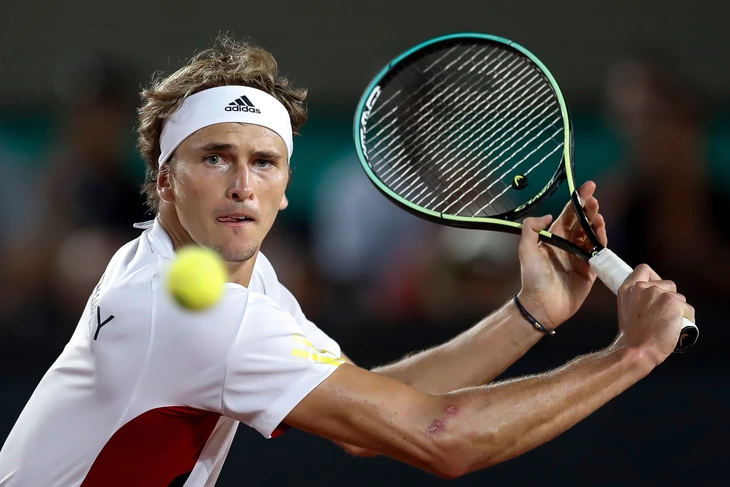
Zverev is famous for his beautiful playing style - Photo: REUTERS
Why is Zverev anorexic?
Zverev made the statement in a recent interview, in which he said he "lost interest in food a long time ago".
Zverev even said: "I am completely forced to eat. I have long lost the joy of eating, I am anorexic. If all the necessary nutrients could be crammed into one candy, I would eat it right away, so as not to have to eat anything else."
Zverev has always been a skinny kid. But his drive to become a world- class tennis player has forced him to gain weight in recent years. As a result, the German has gained about 15kg in five years.
However, Zverev still cannot improve his spirit with eating. "I am the type of person who works out when I have free time. But I only eat because I have to. If I rest, I will lose weight immediately."
Why is Zverev anorexic? The German tennis player has had type 1 diabetes since the age of 3, and has always had many restrictions on what he eats. Since then, Zverev has gradually lost his passion for eating.

Zverev is fed up with food - Photo: INSTAGRAM
But on the other hand, the German tennis player became even more determined when he heard many people advise him not to play top tennis because of his diabetes.
People with diabetes can still participate in high-intensity sports activities, but they need to do it with caution and planning.
High-intensity exercise, such as high-intensity interval training (HIIT), has been shown to improve insulin sensitivity and blood sugar control in people with type 2 diabetes.
However, it is important to closely monitor blood sugar levels before, during, and after exercise to avoid hypoglycemia (low blood sugar) or hyperglycemia (high blood sugar).
What should diabetics do to play sports?
Here are some recommendations from sports science experts that Zverev always follows to avoid danger.
1. Monitor and manage blood sugar levels:
Before exercise: Check your blood sugar level 15-30 minutes before you start. If your blood sugar level is below 100 mg/dL (5.6 mmol/L), consume a snack containing about 15 grams of carbohydrate to reduce the risk of hypoglycemia.
If blood sugar level is above 250 mg/dL (13.9 mmol/L), check urine for ketones; if ketones are present, avoid strenuous exercise.
During exercise: Check your blood sugar every 30 minutes to 1 hour, especially during long workouts. Carry a fast-absorbing source of carbohydrate such as glucose tablets or fruit juice to treat hypoglycemia promptly.
After exercise: Continue to monitor blood sugar levels, as hypoglycemia can occur after exercise, even hours later.
2. Adjust insulin dose:
Physical activity can increase insulin sensitivity, so pre- and post-exercise insulin doses may need to be reduced. Consult your doctor for appropriate adjustments.
3. Choose the type and time of exercise:
Aerobic exercises such as running and swimming often lower blood sugar levels, while high-intensity exercise or weight training can temporarily increase blood sugar levels. Understand how your body responds to each type of exercise to better manage your blood sugar.
Exercising at a consistent time each day can help better predict and manage blood sugar responses.
4. Preparation and prevention:
Always carry a quick source of carbohydrates to treat hypoglycemia.
Wear a bracelet or medical identification card to report your diabetes status in case of emergency.
Inform friends or others in the environment about your condition to provide support when needed.
5. Consult a medical professional:
Before starting or changing your exercise regimen, consult your doctor or health professional to ensure safety and effectiveness.
Source: https://tuoitre.vn/zverev-bi-bieng-an-nhung-van-dung-hang-2-the-gioi-vi-sao-20250410203742431.htm



![[Photo] Prime Minister Pham Minh Chinh and Prime Minister of the Kingdom of Thailand Paetongtarn Shinawatra attend the Vietnam-Thailand Business Forum 2025](https://vphoto.vietnam.vn/thumb/1200x675/vietnam/resource/IMAGE/2025/5/16/1cdfce54d25c48a68ae6fb9204f2171a)




















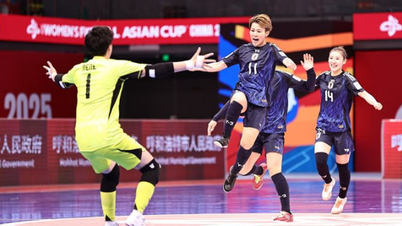

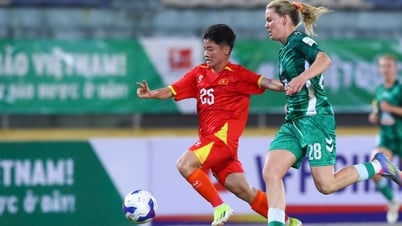
![[Photo] President Luong Cuong receives Prime Minister of the Kingdom of Thailand Paetongtarn Shinawatra](https://vphoto.vietnam.vn/thumb/1200x675/vietnam/resource/IMAGE/2025/5/16/52c73b27198a4e12bd6a903d1c218846)






























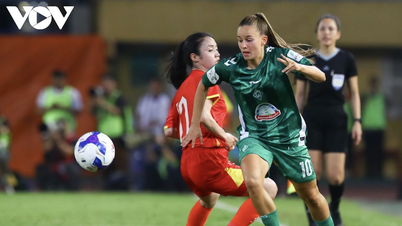

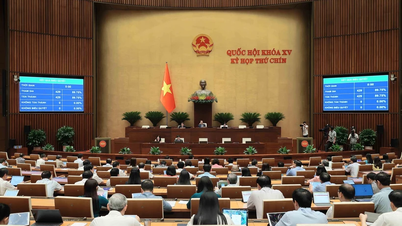































Comment (0)